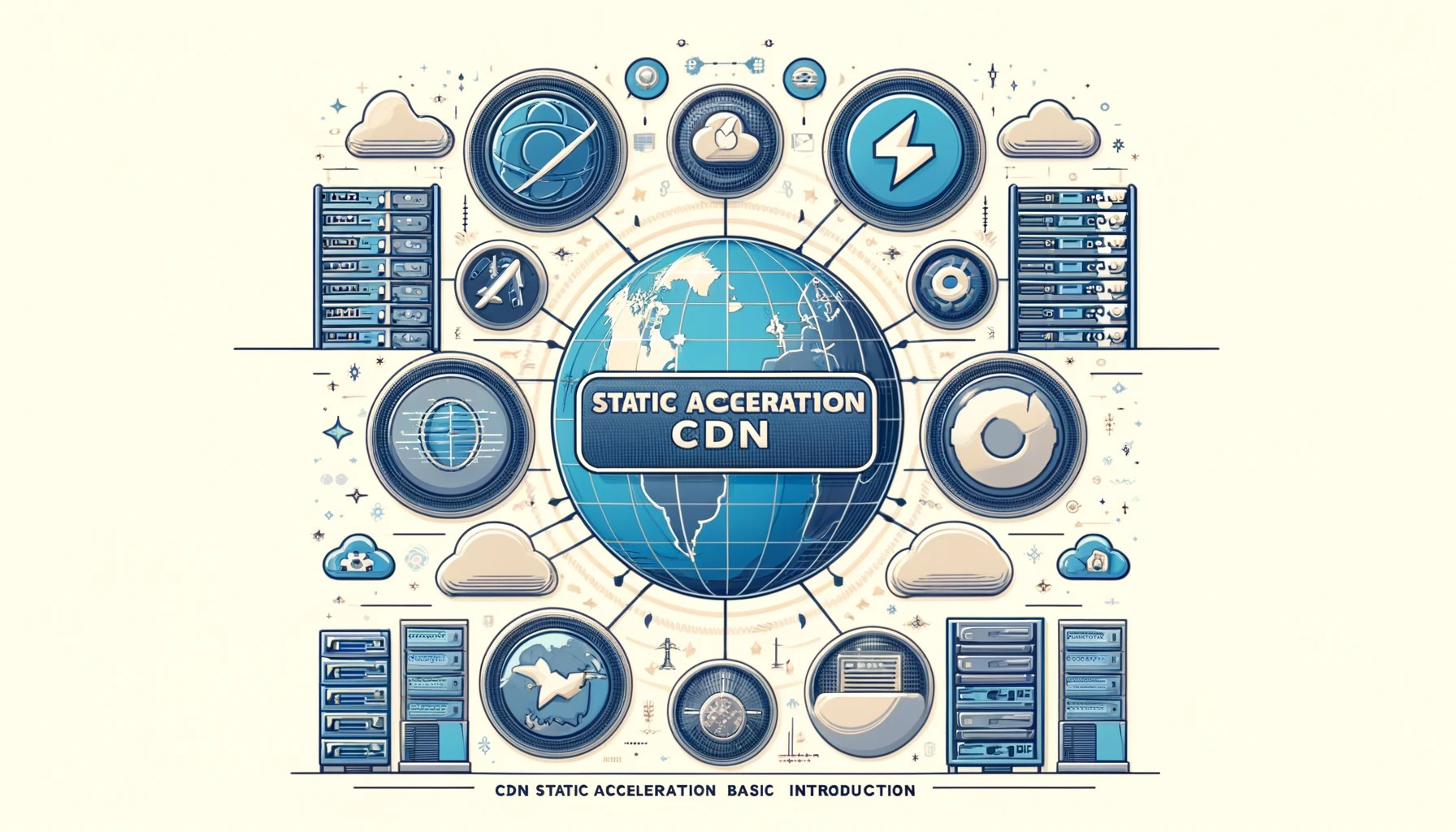FAQ
- Home
- FAQ
- Static CDN Acceleration
- 1. Introduction to Static CDN Acceleration
1. Introduction to Static CDN Acceleration

CDN Static Acceleration Introduction
In today's data-driven digital economy, website performance directly impacts key factors such as user experience and business success. CDN (Content Delivery Network) static acceleration is an important technology for improving website loading speed and user experience. This technology primarily targets infrequently changing website content such as images, CSS files, and JavaScript files. By deploying globally distributed service nodes, content is stored closest to users' locations, significantly reducing loading times and improving access speeds.
What is CDN Static Acceleration?
CDN static acceleration refers to storing and caching static content (such as text, images, video files, and other infrequently updated data) through CDN to make it closer to end users. The main benefit of this approach is the reduction of data transmission distance, decreased latency, and improved loading speed, which is crucial for enhancing user browsing experience.
How CDN Static Acceleration Works
CDN static acceleration works by deploying caching servers within globally distributed data centers. When a user accesses a website, their request is redirected to the nearest caching server, which has copies of the most frequently accessed static content. This means data doesn't have to travel long distances from the origin server, significantly reducing latency.
Enhancing Website Speed & Reliability
Using CDN static acceleration can significantly improve the overall speed and reliability of websites. Rapid loading of static content reduces server load, disperses pressure during traffic peaks, and thereby enhances overall website performance and stability. Additionally, even if the origin server encounters issues, users can still access the required resources because the content has been cached, ensuring continuous website operation.
High Traffic Performance
CDN static acceleration is particularly important for websites with large traffic volumes and wide user bases. In situations of surging user traffic, CDN effectively disperses traffic, prevents server overload, and maintains website stability. This is crucial for e-commerce, news, and media websites.
Measurement & Optimization
Continuous monitoring and optimization of CDN performance are key steps in maintaining website efficiency. Many CDN providers offer detailed analytics tools that enable website administrators to monitor CDN performance in real-time, including page loading times and bandwidth usage. This data can be used to further adjust and optimize CDN settings to ensure the best user experience.
Conclusion
Combining the factors mentioned above, CDN static acceleration becomes an effective tool for improving website performance, accelerating content delivery, and enhancing user experience. With the continuous growth of digital content demands, enterprises leveraging CDN static acceleration will have a competitive advantage and better serve global users in the digital age.FAQ Classification
Related FAQ
- 2. What is Static CDN Acceleration?
- 3. Operational Mechanism of Static CDN Acceleration
- 4. Improvement of Website Speed and Reliability
- 5. Handling High Traffic
- 6. Measuring & Optimizing
- 7. Service Advantages of Core Winner
- 8. Comprehensive Support of Core Winner
- 9. Industry Suitability
- 10. Industry Applications|Content Publishing
- 11. Industry Applications|Ad Tech
